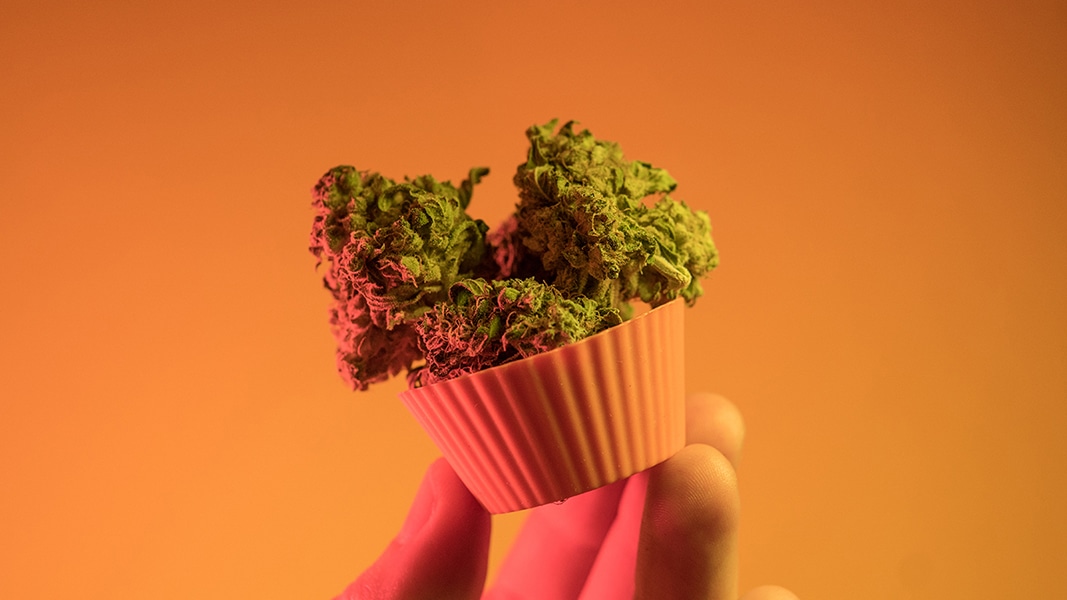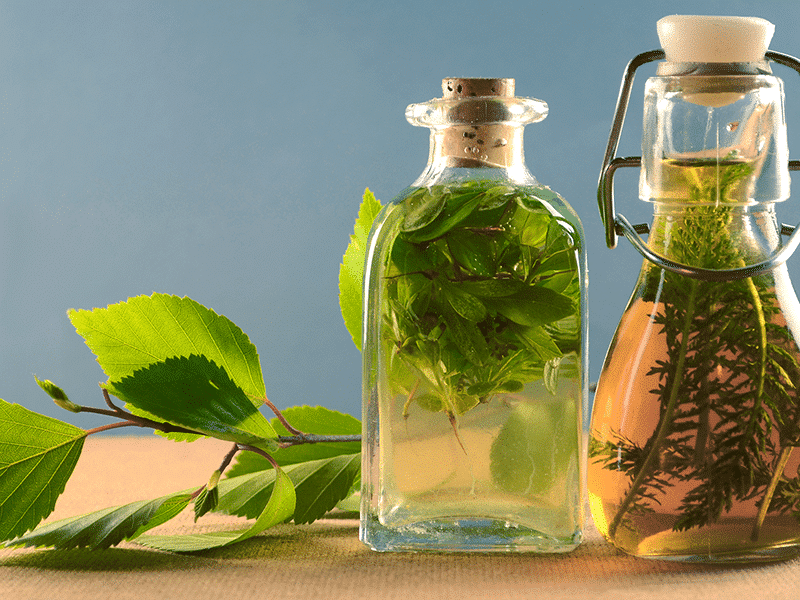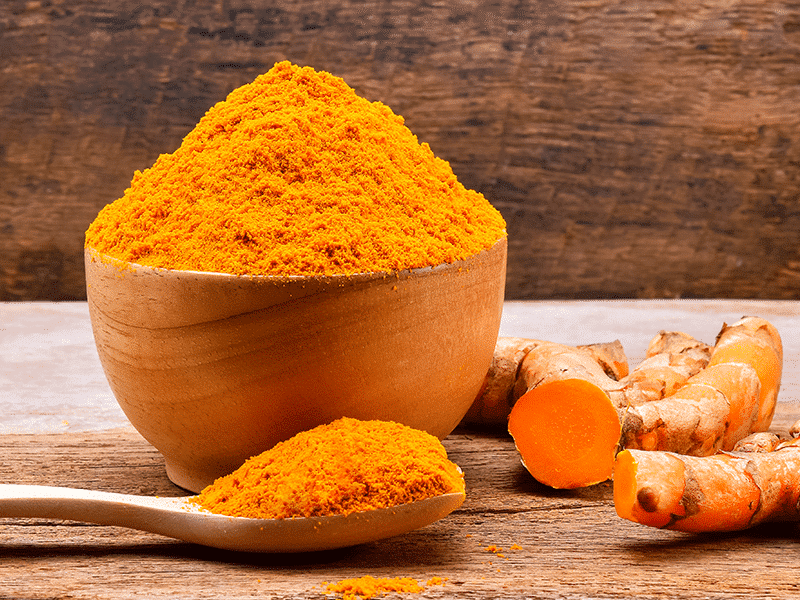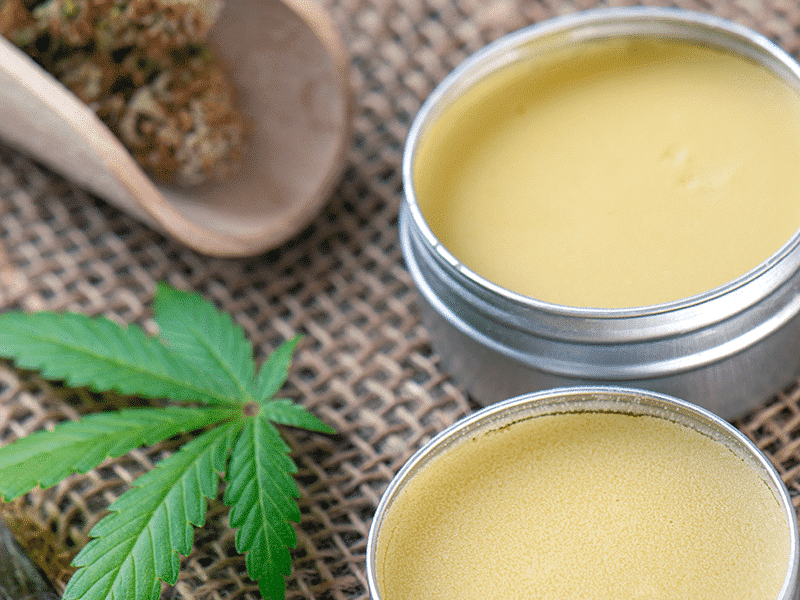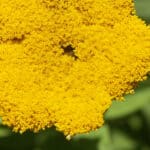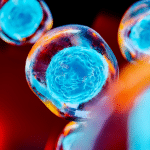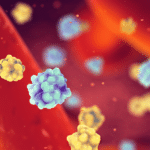Cannabinoids are specialized compounds produced by cannabis. The two most well-known plant cannabinoids are THC (tetrahydrocannabinol) and CBD (cannabidiol).
But THC and CBD are hardly present in cannabis when the plant is rooted and growing.
When the plant produces cannabinoids, they initially appear in their “acid” forms. Acid cannabinoids are sometimes referred to as “raw” cannabinoids. In the case of THC and CBD, these raw cannabinoids are tetrahydrocannabinolic acid (THCA) and cannabidiolic acid (CBDA), respectively.
What is Decarboxylation?
What makes THC different from THCA — and CBD different from CBDA — hinges on a process known as “decarboxylation,” aka “decarbing,” whereby raw cannabis is heated so that the chemical structure of the acid cannabinoids changes to a neutral (non-acid) form. THC and CBD are the neutral forms of THCA and CBDA.

The major difference, chemically, between acid cannabinoids and their neutral counterparts is an extra –COOH bond, known as a “carboxyl” group, which consists of a carbon-oxygen-oxygen-hydrogen molecular cluster. In order to transform cannabinoids acids into their neutral forms, they need to go through a process that removes the carboxyl group. This process is referred to as decarboxylation.
As it turns out, the bond holding the carboxyl group in place is pretty weak and easily broken by a combination of heat and time. Decarboxylation is what happens when the carboxyl group is shed due to high temperature or combustion.
Why Would (or Wouldn’t) You Want to Decarboxylate?
Decarbing cannabis converts acid cannabinoids, like THCA and CBDA, into their respective neutral forms, THC and CBD. Acid and neutral forms of cannabinoids share some curative qualities, but they also have distinct therapeutic attributes.
Decarboxylating THCA, which is not intoxicating, changes it into THC (aka The High Causer). If you want to experience the psychological and physiological uplift that cannabis flower is famous for, smoking or vaping cannabis readily decarboxylates the THCA into THC.
Edibles are another excellent option for experiencing the high associated with THC. Typically, edibes are made by infusing a form of decarboxylated cannabis (which can be an extract, oil, or alcohol) into a consumable food. If getting high isn’t your thing, it shouldn’t matter if you’re consuming product with CBDA or CBD. Decarbing changes CBDA into CBD, neither of which impart an intoxicating effect.
Thus far, the vast majority of research — and public interest — has focused on the neutral forms of CBD and THC. But there’s also a burgeoning interest in potential therapeutic applications of acid cannabinoids. Here’s a glance at what medical scientists have learned thus far.
Therapeutic Potential of Acid Cannabinoids:1-3
- THCA: Anti-nausea, anti-inflammatory, neuroprotective, anti-convulsant, fat-storage reducing, metabolic regulator, stress reducing.
- CBDA: Anti-anxiety, anti-inflammatory, painkilling, anti-nausea, anti-convulsant.
Therapeutic Potential of Neutral Cannabinoids:4,5
- THC: Anti-nausea, weight gain in anorexia and AIDS, anti-inflammatory, painkilling, neuroprotective, muscle relaxing, and more.
- CBD: Anti-epileptic, anti-anxiety, anti-depressive, anti-inflammatory, antipsychotic, antispasmodic, reduces insulin resistance, and more.
If you’re interested in sampling CBDA and/or THCA, try boiling some raw cannabis flower in water. Researchers have shown that the highest rate of acid cannabinoid extraction in water comes from boiling the raw flower for about fifteen minutes.6
Dr. Dustin Sulak recommends a simple method for accessing the benefits of THCA and CBDA: Steep a small amount of fresh cannabis bud in your morning tea.
How to Decarboxylate Cannabis
The rate at which cannabinoids decarboxylate is a function of heat and time. The hotter it is, the faster decarboxylation happens. But if there’s too much heat, the cannabinoids might degrade into their oxidized byproducts. And if acid cannabinoids are left at room temperature for long enough, they will slowly decarboxylate into their neutral forms.7
In recent years, there have been a number of published studies that examine exactly what temperature and time is ideal for decarboxylation.8,9 Researchers have looked at temperatures ranging from 80°C (176°F) to 145°C (293°F) and mapped decarboxylation rates for up to 120 minutes. They were looking for the ideal time and temperature to decarboxylate several different acid cannabinoids, primarily focusing on CBDA and THCA. Charts available in Wang, et al. (citation 8) and Citti, et al. (citation 9) illustrate the decarboxylation rates of these cannabinoids at different temperatures.
THCA and CBDA decarboxylate at slightly different rates — THCA decarbs a little bit faster than CBDA. Fortunately, it seems that waiting for any lingering CBDA to convert into CBD doesn’t have a negative impact on the THC level.
If you are not concerned about converting all the CBDA into CBD (neither compound is intoxicating or impairing), then you don’t have to heat your cannabis in an oven for a full 40 minutes, as suggested below. Twenty-five minutes instead if 40 should typically suffice to fully decarboxylate THCA into THC.
What You Need:
Oven
Baking sheet
Aluminum foil or parchment paper
Cannabis flower
- Pre-heat oven to 230°F/110°C.
- Line your baking sheet with aluminum foil or parchment paper for easy clean up.
- Grind or break up your cannabis flower into pea-sized pieces or smaller so that the heat distributes evenly.
- Spread the ground cannabis onto the baking sheet and bake for 40 minutes.
- Remove from oven, let cool, and use to infuse oil or alcohol.
Calculating Cannabinoid Content
Your oven isn’t perfect. There may be fluctuations in your oven’s temperature, and the rate of decarboxylation will vary somewhat. Generally, one can expect about 80% of the acid cannabinoids to convert to their neutral forms. If you are able to access lab results for the cannabis you’re decarboxylating, you can make an educated guess as to the cannabinoid content of the final product.
Here’s a formula to help you figure out the ballpark cannabinoid concentration of your freshly decarboxylated cannabis:
# grams of cannabis x cannabinoid % = # grams of cannabinoids10
# g cannabinoids x 1000 = # mg cannabinoids
# mg cannabinoids x 0.8 = approximate mg of cannabinoids in your final product
Example:
7 grams of cannabis (quarter ounce)
10% THC 13% CBD
THC Content:
7 g x 10% = 0.7 g THC
0.7 x 1000 = 700 mg THC
700 x 0.8 = 560 mg decarboxylated THC
CBD Content:
7 g x 13% = 0.91 g CBD
0.91 x 1000 = 910 mg CBD
9.10 x 0.8 = 728 mg decarboxylated CBD
Total cannabinoid content in decarboxylated cannabis: 560mg THC and 728mg CBD.
Zoe Sigman is Project CBD’s Program Director. © Copyright, Project CBD. May not be reprinted without permission.
Footnotes
- Lyndsey L. Anderson, Ivan K. Low, Samuel D. Banister, Iain S. McGregor, and Jonathon C. Arnold. “Pharmacokinetics of Phytocannabinoid Acids and Anticonvulsant Effect of Cannabidiolic Acid in a Mouse Model of Dravet Syndrome.” Journal of Natural Products 2019 82 (11), 3047-3055 DOI: 10.1021/acs.jnatprod.9b00600
- Belén Palomares, Francisco Ruiz-Pino, Martin Garrido-Rodriguez, M. Eugenia Prados, Miguel A. Sánchez-Garrido, Inmaculada Velasco, María J. Vazquez, Xavier Nadal, Carlos Ferreiro-Vera, Rosario Morrugares, Giovanni Appendino, Marco A Calzado, Manuel Tena-Sempere, Eduardo Muñoz. “Tetrahydrocannabinolic acid A (THCA-A) reduces adiposity and prevents metabolic disease caused by diet-induced obesity.” Biochemical Pharmacology, Volume 171, 2020, 113693, ISSN 0006-2952, https://doi.org/10.1016/j.bcp.2019.113693.
- Arno Hazekamp, Krishna Bastola, Hassan Rashidi, Johan Bender, Rob Verpoorte. “Cannabis tea revisited: A systematic evaluation of the cannabinoid composition of cannabis tea.” Journal of Ethnopharmacology, Volume 113, Issue 1, 2007, Pages 85-90, ISSN 0378-8741, https://doi.org/10.1016/j.jep.2007.05.019.
- Boggs, D., Nguyen, J., Morgenson, D. et al. Clinical and Preclinical Evidence for Functional Interactions of Cannabidiol and Δ9-Tetrahydrocannabinol. Neuropsychopharmacol. 43, 142–154 (2018). https://doi.org/10.1038/npp.2017.209
- Russo EB. Taming THC: potential cannabis synergy and phytocannabinoid-terpenoid entourage effects. Br J Pharmacol. 2011;163(7):1344–1364. doi:10.1111/j.1476-5381.2011.01238.x
- Pacifici, R., Marchei, E., Salvatore, F., et al. (2017). Evaluation of cannabinoids concentration and stability in standardized preparations of cannabis tea and cannabis oil by ultra-high performance liquid chromatography tandem mass spectrometry. Clinical Chemistry and Laboratory Medicine (CCLM), 55(10), pp. 1555-1563. doi:10.1515/cclm-2016-1060
- John M. McPartland, Christa MacDonald, Michelle Young, Phillip S. Grant, Daniel P. Furkert, and Michelle Glass. “Affinity and Efficacy Studies of Tetrahydrocannabinolic Acid A at Cannabinoid Receptor Types One and Two.” Cannabis and Cannabinoid Research. Dec 2017.87 95. http://doi.org/10.1089/can.2016.0032
- Wang M, Wang YH, Avula B, et al. Decarboxylation Study of Acidic Cannabinoids: A Novel Approach Using Ultra-High-Performance Supercritical Fluid Chromatography/Photodiode Array-Mass Spectrometry. Cannabis Cannabinoid Res. 2016;1(1):262–271. Published 2016 Dec 1. doi:10.1089/can.2016.0020
- Cinzia Citti, Barbara Pacchetti, Maria Angela Vandelli, Flavio Forni, Giuseppe Cannazza, Analysis of cannabinoids in commercial hemp seed oil and decarboxylation kinetics studies of cannabidiolic acid (CBDA), Journal of Pharmaceutical and Biomedical Analysis, Volume 149, 2018, Pages 532-540, ISSN 0731-7085, https://doi.org/10.1016/j.jpba.2017.11.044.
- Each cannabinoid should be run through this formula individually so that you can estimate how much of each cannabinoid will be in your final product.
Recommended Readings
How to Make a CBD Home Remedy Kit – and Why You Should
Detailed instructions for creating a DIY Cannabis Home Remedy Kit that includes tinctures, salve, and a cream.
Recipe for CBD Pain Relief Tincture
A 2018 review found that those taking cannabis achieved 50% or greater pain relief compared with placebo.
Recipe for CBD Pain Relief Balm
Many plants can help soothe sore muscles and joints.

